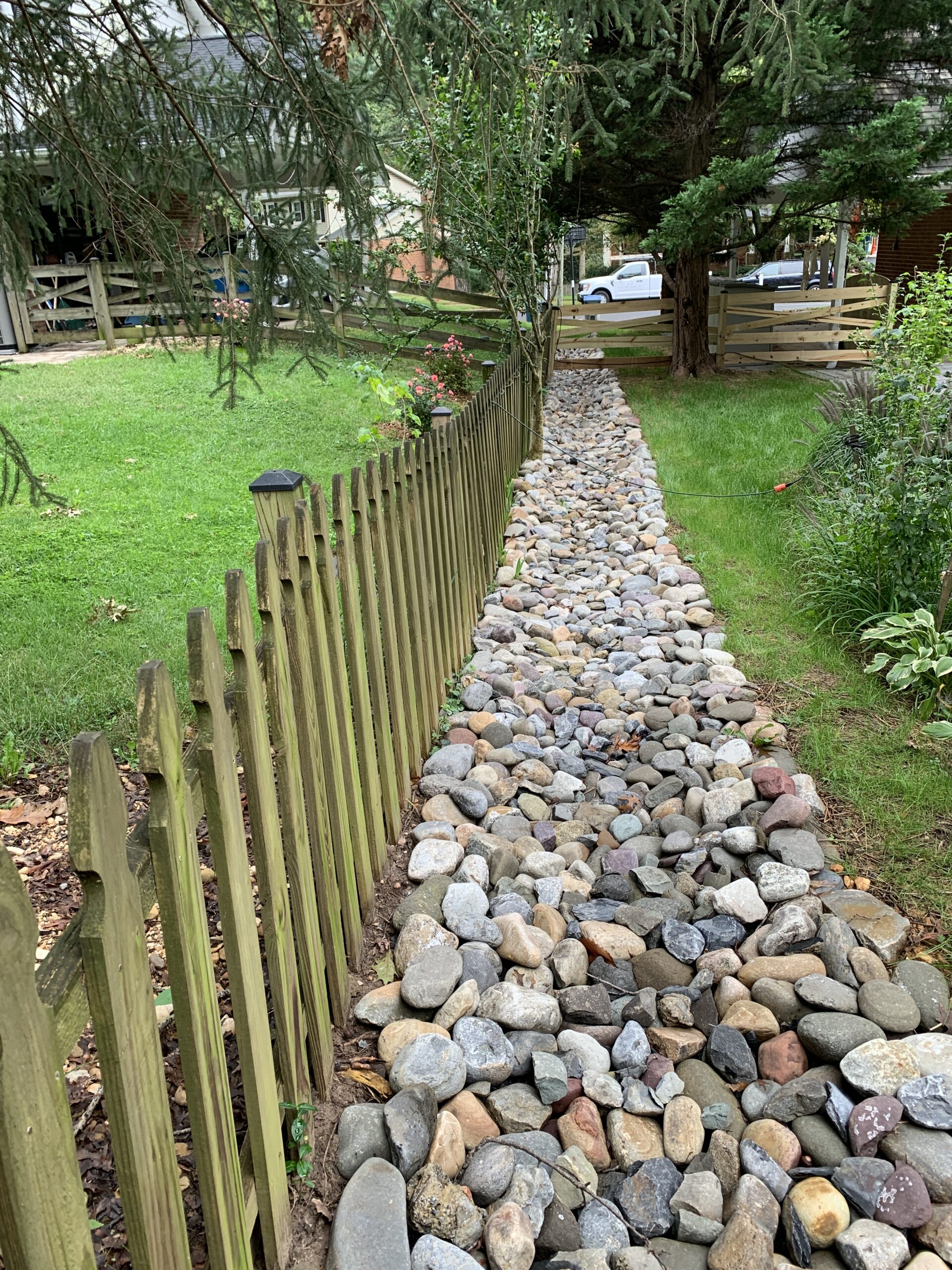Open vs Closed French Drains

What is a French Drain?
When water comes to a foundation wall, it tends to seep through any openings it can to enter your home. Drainage solutions are a simple way of ensuring your home is protected and water is being diverted away from your home.
French drains are trenches covered with gravel or rock. They contain a perforated pipe that redirects surface water away from a specific area.
Most homes will have French drains built around the external sides of the foundation, or have them installed underneath the basement floor on the inside perimeter of the basement. When heavy rainfall hits, your home is protected from sub-surface water collection, and water is directed away from any area of your property that’s underground.
French drain systems can typically operate untouched for up to 10 years, but they require regular inspection. A clogged French drain pipe can lead to flooded basements and other problems.
A french drain requires excavation of dirt, lining the trench with filter fabric, laying a perforated pipe down, and filling it with gravel.
What is the difference between an open French drain and a closed drain?
In an open drain, the stone is exposed. This stone allows water to pour right through without interruptions and allows water to flow more quickly through the system. The larger the aggregate, the bigger the voids for water to pass through. If you’re thinking of having an open drain put in, ask your contractor about using river stones or river gravel.
In a closed drain, there is usually sod placed back over the gravel to mask the appearance of the drain. Some homeowners prefer the closed drain to keep the uniformity of their lawn.
In any case, french drains are a great way to manage water accumulation or intrusion. Standing water in your yard can be a problem for many reasons, not just an aesthetic issue. Standing water is also a mosquito’s best friend.
If you’re interested in learning if a french drain is right for your property, connect with us to schedule your free consultation and estimate.